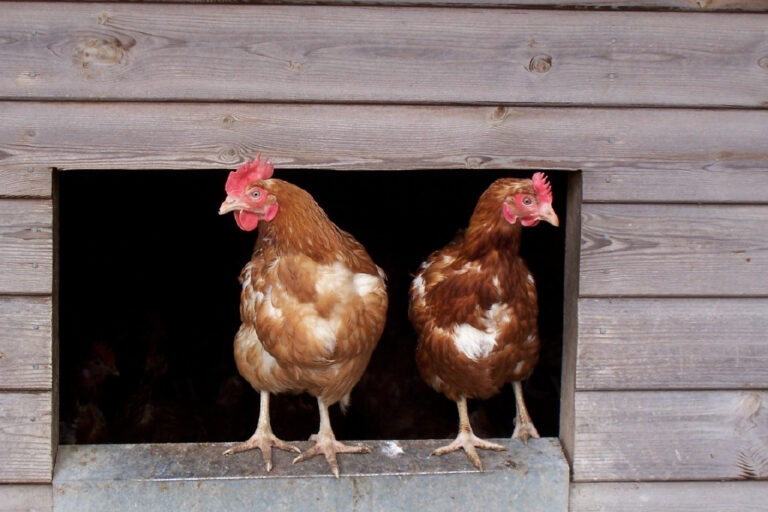The French government has raised the risk level for avian influenza after an outbreak of highly pathogenic H5N8 at a smallholding in Ardennes. Ducks, hens, turkeys and pigeons were culled at the premises on 8 September, and protection and surveillance zones were immediately set up.
In response, the Minister of Agriculture and Food has decided to raise the level of risk from “negligible” to “moderate”. This means from 10 September, poultry will have to be housed in areas identified as special risk areas (ZRP), i.e. wetlands frequented by migratory birds.
In addition, there will be restrictions on the transport and introduction into the natural environment of game birds, a prohibition of racing pigeons, and compulsory vaccination in zoos for birds that cannot be confined or protected under net.
These measures are accompanied by daily clinical surveillance on all farms.
The epidemiological situation with regard to highly pathogenic avian influenza (HPAI) is worrying: since 1 August, 25 cases have been detected in wildlife and other captive birds in Europe. Since 2 September, two H5N8 cases have been reported in Belgium, one in an ornamental bird trader; the other in an individual’s home. Luxembourg also declared a case in a private individual.

Previous ArticlePoultry Today Podcast: the labour crisis
Chloe Ryan
Editor of Poultry Business, Chloe has spent the past decade writing about the food industry from farming, through manufacturing, retail and foodservice. When not working, dog walking and reading biographies are her favourite hobbies.

